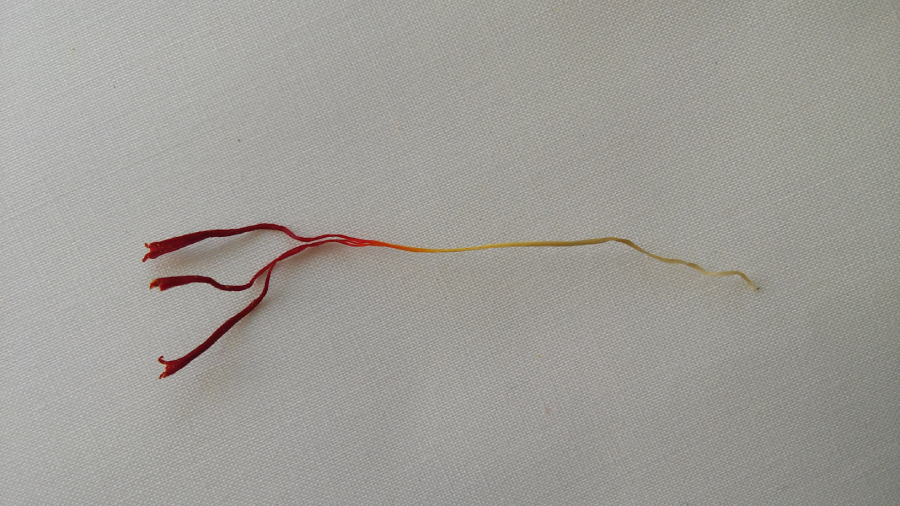
Keshmoon’s Guide on Saffron Quality
Keshmoon’s Guide on Saffron Quality and Countering Saffron Fraud
In our previous blog post on saffron quality, we discussed Keshmoon’s Quality Index. In this post, we will elaborate on the possible ways customers can be scammed out of money purchasing fake saffron and how to distinguish quality saffron.
With saffron labeled as the most expensive spice in the world, it is only natural for the herb to be a target for fraudsters. Although cheats are coming up with newer ways to forge fake saffron, most of the methods they have used so far have been identified and can be avoided.
Keep away from buying powdered saffron as much as you can. Differentiating between fake and real powdered saffron is not possible without lab equipment and demands much time and effort. The best way is to purchase whole saffron and grind them into powder yourself. But of course, con men have also thought of forging whole saffron.
One of the ways scammers use to replicate saffron is cutting very thin slices of meat, drying it and selling it mixed with real saffron. If the fake product is consumed for too long, it can become a health hazard and transmit diseases to the public.
Another method employed by con men is to paint straws red and add it to saffron. The artificial color entering the body can cause cancer in the long run.
Other tricks include adding safflower—which looks like saffron threads—to the product, adding more than 7% humidity, adding substances that can increase the weight of the threads, spraying saffron fibers, and using chili powder and turmeric with saffron powder.
How to distinguish real saffron from the fake ones? One of the ways is the appearance of the stigmas. They need to be a vivid crimson red, with one end of the thread jagged, broad and scissor-like and the other end rod-shaped. If you put a few of the threads into boiling water, they should not turn white after about five minutes, if put in gasoline, it should not be able to color it red. Moreover, if you put them between pieces of paper and apply a little bit of pressure, it should not leave a grease stain.

The Food and Drug Administration has taken steps to ensure the purity of saffron sold in Iran with regular supervision and licenses but advises people to also be alert and take note of the type of packaging, the production and expiration date, the company logo and their address before purchase.
With people struggling to distinguish original saffron from the many fake ones in the market, our company’s credentials assure customers they are purchasing 100% pure saffron from the farmers themselves who would not risk their reputation on a few more bucks.
Additionally, with our company supervisors keeping tabs on the cultivation, our labs testing the product and the reviews of our customers familiar with quality saffron, you can make sure that you are purchasing top-grade saffron.
Ensuring that high-quality saffron is delivered to customers is an inseparable part of Keshmoon’s mission.